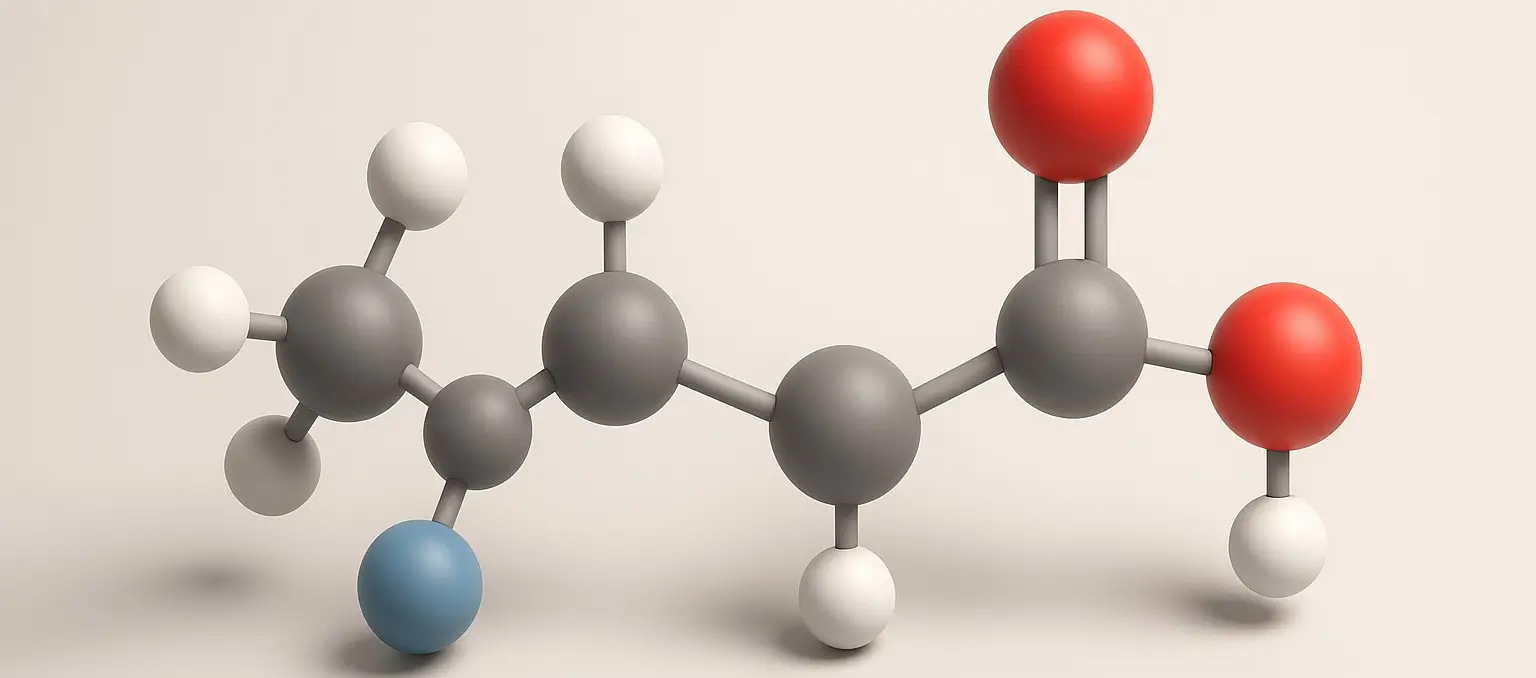- Inductive effect in carboxylic acids refers to the transmission of charge through a chain of atoms, influenced by differences in electronegativity.
- Inductive effect plays a crucial role in determining the acidity of carboxylic acids by either stabilizing or destabilizing the carboxylate ion formed when a carboxylic acid donates a proton (H⁺).
Understanding the Inductive Effect in Carboxylic Acids
- Involves the shifting of electrons in a σ-bond due to the presence of an electronegative atom or group.
- It is a distance-dependent effect, diminishing with increasing distance from the functional group.
Types of Inductive Effects in Carboxylic Acids
-
-I Effect (Negative Inductive Effect):
- Caused by electron-withdrawing groups (EWGs) like -NO₂, -CN, -Cl, -Br, -I.
- These groups pull electron density away from the carboxyl group, stabilizing the carboxylate ion.
-
+I Effect (Positive Inductive Effect):
- Exerted by electron-donating groups (EDGs) like alkyl groups (-CH₃, -C₂H₅).
- These groups push electron density toward the carboxyl group, destabilizing the carboxylate ion.
Influence on Carboxylic Acid Acidity
-
Electron-Withdrawing Groups (EWGs):
- Stabilize the carboxylate ion through the -I effect, making it easier for the carboxylic acid to donate a proton.
- Increase the acidity of the carboxylic acid; for example, trichloroacetic acid (CCl₃COOH) is more acidic than acetic acid (CH₃COOH).
-
Electron-Donating Groups (EDGs):
- Destabilize the carboxylate ion by increasing electron density, making proton donation less favorable.
- Decrease the acidity of the carboxylic acid; acids with alkyl groups are less acidic than those without EDGs.
Modulation of Acidity
- The inductive effect is important in organic synthesis and pharmaceuticals, allowing chemists to design compounds with specific acid-base properties by choosing appropriate substituents.
- Understanding these effects helps in predicting and controlling the reactivity and biological activity of carboxylic acid derivatives.
Click Here to Watch the Best Pharma Videos

